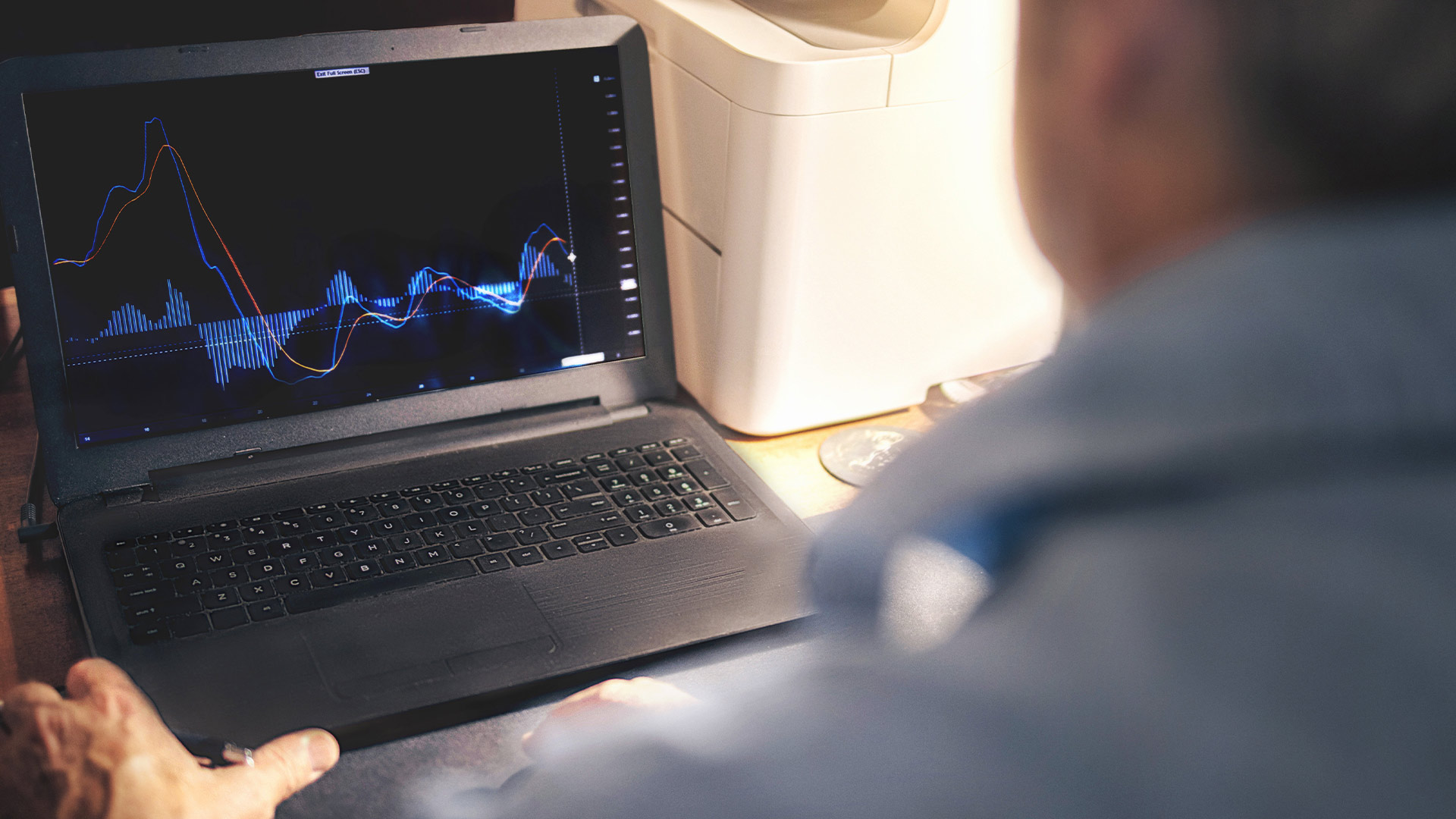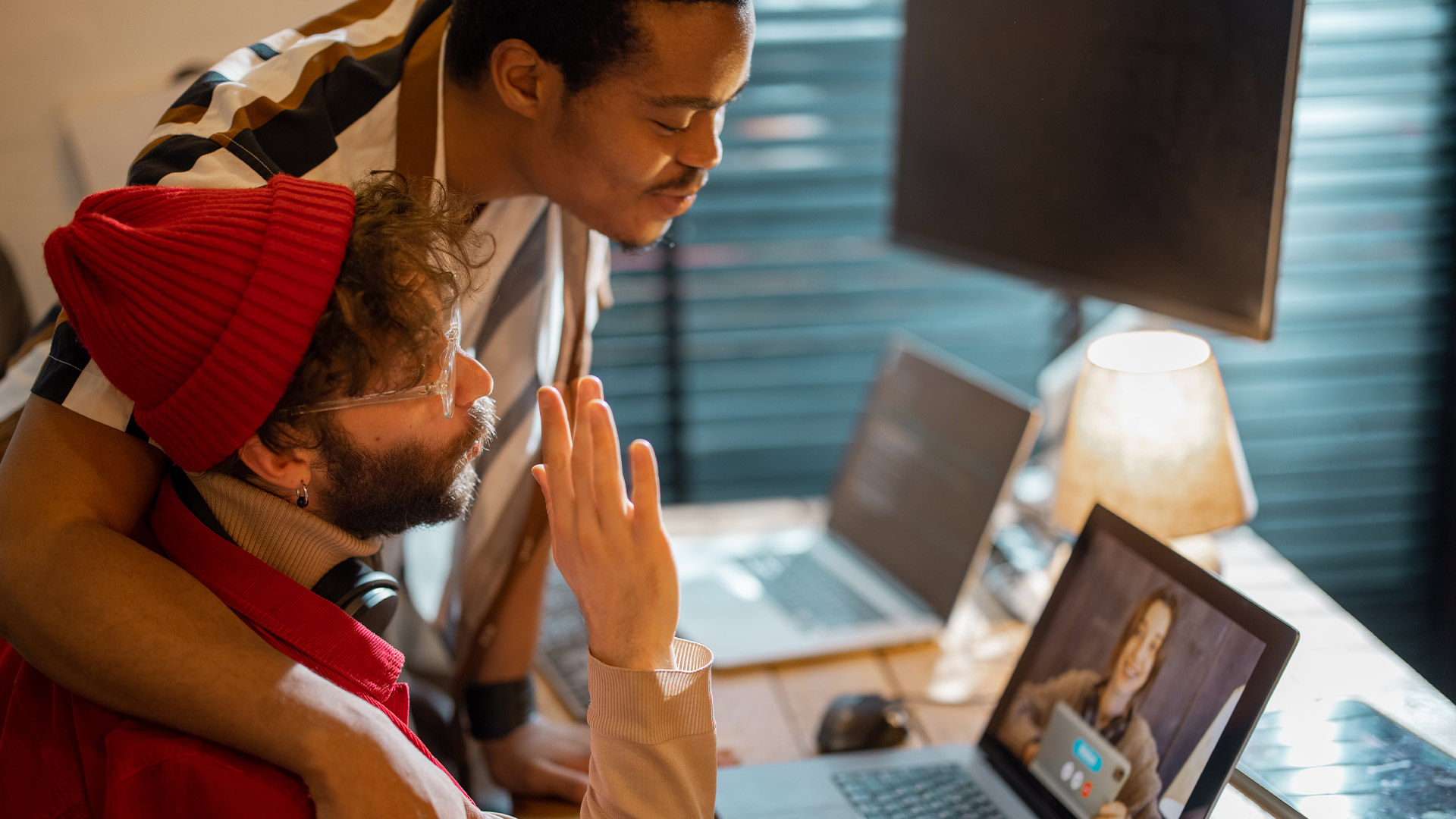Navigating Content ID and Copyright Claims

Even the most well-meaning creators can find themselves entangled in Content ID claims, copyright strikes, or demonetized videos. With the YouTube Partner Program evolving in 2025, it’s more important than ever to understand how copyright works on the platform—and how to protect your revenue.
Copyright is one of the most common hurdles creators face when trying to monetize on YouTube. Even the most well-meaning creators can find themselves entangled in Content ID claims, copyright strikes, or demonetized videos. With the YouTube Partner Program evolving in 2025, it’s more important than ever to understand how copyright works on the platform—and how to protect your revenue.
Let’s unpack what Content ID is, how claims differ from strikes, and the best practices to avoid revenue loss.
What Is Content ID?
Content ID is YouTube’s automated system for identifying copyrighted material. It scans videos uploaded to the platform and matches them against a massive database of music, visuals, and video assets submitted by copyright holders.
If a match is found, the copyright owner can:
- Block the video globally or in specific countries
- Mute the audio portion that matches
- Monetize the video themselves by placing ads on it
- Track viewership data without affecting visibility
This system works even if the copyrighted content is used for just a few seconds. Background music, intro clips, or reaction videos are all susceptible.
Claims vs Copyright Strikes
A Content ID claim is not a strike. Claims are mostly automated and don’t affect your channel’s standing. But they can redirect your ad revenue to the rights holder.
A copyright strike is manual and far more serious. It means someone believes you’ve used their content illegally and has filed a DMCA takedown notice.
Three strikes within 90 days = channel termination.
Understanding the difference is key:
- Claim = monetization or visibility impact, but no penalty
- Strike = formal warning, risk of takedown, loss of features
Common Reasons for Content ID Claims
- Using popular songs or even royalty-free tracks from unlicensed sources
- Including TV show or movie footage (even in commentary or analysis)
- Showing gameplay from games with protected cinematics
- Uploading stock clips that are licensed incorrectly
Even background music from stores, radios, or TikToks can trigger claims—Content ID is that sensitive.
What Happens When You Receive a Claim?
If you receive a Content ID claim:
- You’ll be notified in YouTube Studio
- The video may still be live, but monetization could be redirected
- The owner may choose to block it
You’ll be given options:
- Remove or swap the claimed audio using YouTube’s editor
- Mute the segment containing the claim
- Replace the video entirely
- Dispute the claim if you believe you have fair use or rights
If you ignore a claim, you accept the terms: loss of ad revenue and/or limited visibility.
What About Fair Use?
Fair use is a legal principle allowing limited use of copyrighted material without permission, usually for commentary, criticism, education, or parody.
However, fair use is:
- Not recognized automatically by YouTube
- Evaluated only in legal disputes, not by the algorithm
- Risky: Content ID claims may still stand even if your content could qualify as fair use
If you dispute a claim citing fair use, the rights holder can release the claim—or escalate it to a strike.
Best Practices to Avoid Claims
Use Licensed Music
Even "free" music on the web might not be safe. Always use YouTube’s Audio Library, Epidemic Sound, Artlist, or similar reputable platforms.Create Your Own Visuals
Stock footage is useful, but double-check licenses. Many free libraries restrict monetization or redistribution.Add Commentary
Transform the content—react, explain, critique. Don’t just reupload. YouTube looks for value-add when evaluating disputes.Keep Raw Files
Having your original files and timestamps helps if you ever need to appeal or prove ownership.Pre-check with Rights Holders
Some music labels allow manual clearance for creators. Reach out before publishing if you’re unsure.
What Happens If You Get a Strike?
If a copyright owner submits a takedown request:
- The video is removed
- You get one strike
- You lose access to live streaming or monetization features for 90 days (if not appealed)
- After 3 strikes in 90 days, your account is terminated
You can appeal with a counter-notification, but this is a legal process. It reveals your personal info to the claimant and can escalate to court proceedings.
Many creators instead choose to remove or edit the offending content and wait out the penalty.
Protecting Yourself Proactively
- Use YouTube’s Creator Music: A growing library of licensed tracks, some revenue-sharing, some one-time fees
- Avoid compilation formats: Even user-submitted clips can cause issues if you don’t have written consent
- Enable Content ID monitoring for your own uploads if you’re a rights holder
- Educate your team: Editors and producers should understand how music, visuals, and effects can trigger claims
What About Covers and Remixes?
If you perform music covers:
- Use songs from YouTube’s Music Policies database
- Some songs allow ad-supported covers, others do not
- YouTube’s Creator Music marketplace can help you license legally
For remixes:
- These are often flagged as derivative works
- You may need written permission from both the original artist and their publisher
- Using samples without clearance is a fast track to demonetization
Real Creator Cases
Lofi Girl, the famous livestream channel, faced unexpected takedowns from automated claims even on licensed tracks. After community backlash, YouTube revised how it handled erroneous strikes.
Legal Eagle, a legal commentary channel, won disputes by showing fair use analysis and offering clear educational context in video descriptions.
Gameranx works closely with game publishers for pre-approval on footage, avoiding automatic flags even on unreleased titles.
Learning from creators who’ve faced these hurdles can keep your revenue intact.
Disputes and Appeals
When facing a claim or strike, remain calm and strategic. Here’s what experienced creators recommend:
- Don’t panic-delete your video unless it’s clearly a violation
- Document everything: license receipts, emails, creation dates
- Use neutral titles: aggressive phrases can flag reviews
- File a clear and respectful appeal: outline how the content is original or transformative
And if you lose revenue on one video, shift your focus. Learn, adapt, and apply the insights to future uploads.
Copyright management is part of being a professional creator. Treat it with care, and you’ll stay in the green.


